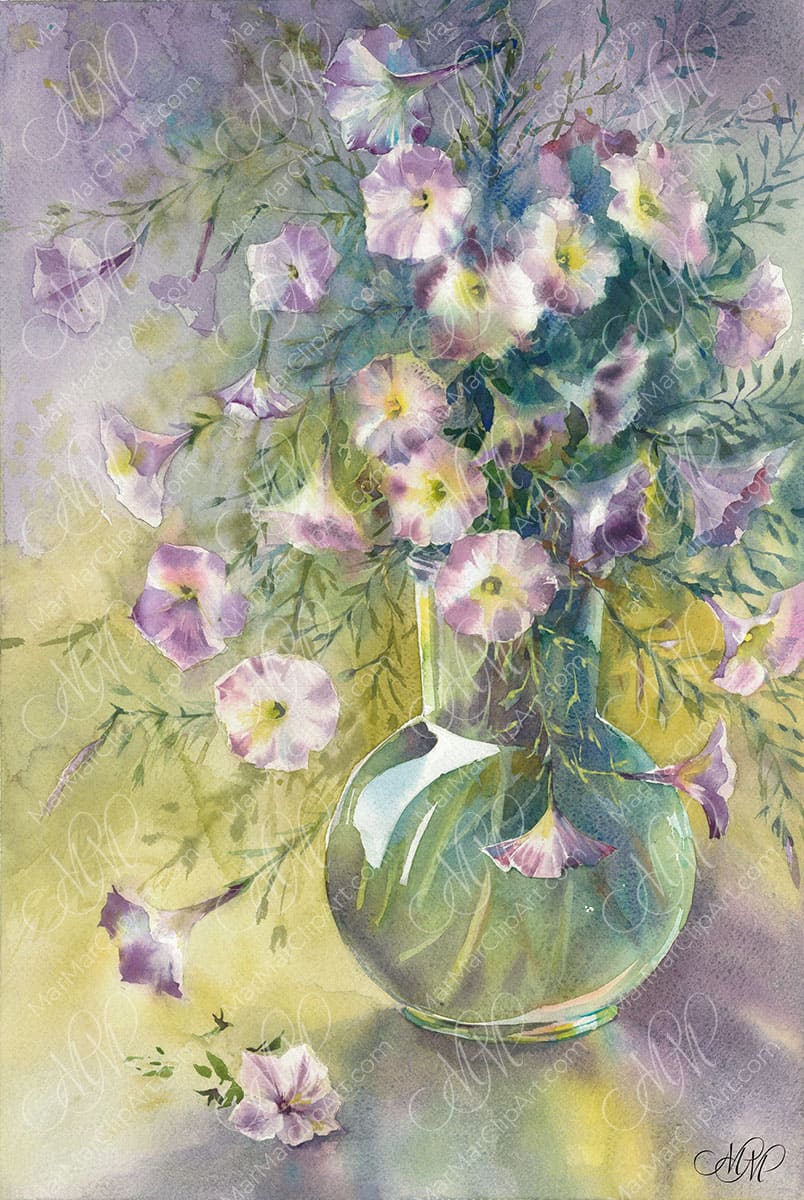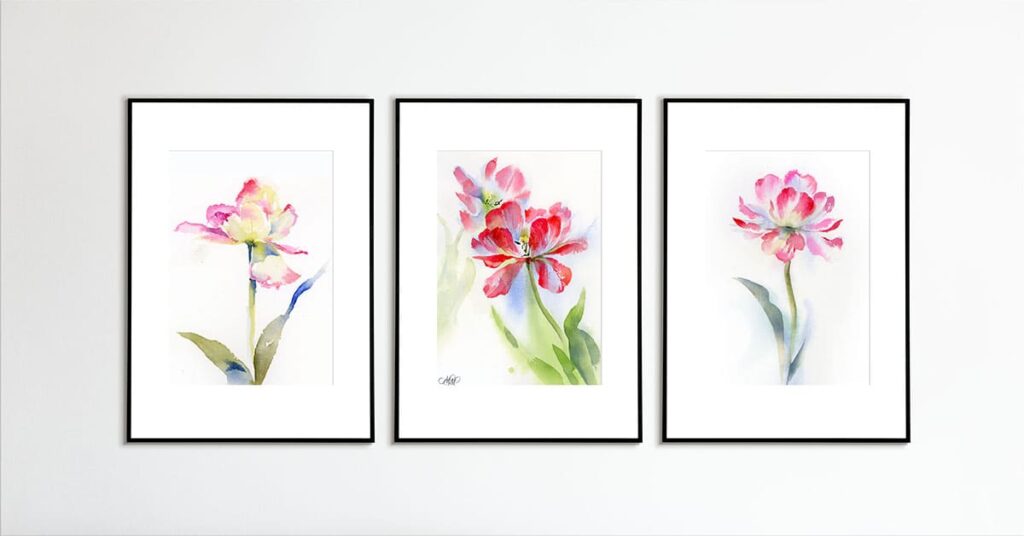Marina Markizova – an artist who understands the language of flowers
Once upon a time flowers and plants could talk, and there were people who listened and were able to understand their language. Years passed, and this symbolic language was almost forgotten. Let us recall, for example, that the white lily symbolizes purity and chastity, and in the Christian tradition it has become a symbol of the Annunciation. The lily is also a popular element of medieval European heraldry. The red rose is a symbol of passionate and deep love and many poets gave it divine properties. It was a rather developed method of communication in the nineteenth century, where flowers and floral arrangements were used to convey sensations that could not always be expressed in words. In Victorian times, in England and France, floral dictionaries were fashionable that described the meaning of each plant and flower. The symbolism of flowers and plants is different between countries, just like the languages on our planet are different, but the beauty of flowering is recognized and loved by all, regardless of nationality.
It is believed that the language of flowers originated in the East. Floral symbolism and color symbolism have been known to us since ancient Egypt. Flowers were offered to the Gods as a symbol of sacrifice. This tradition also persists in Christianity, where flowers are used to decorate churches during important celebrations, and in Buddhist temples placed in abundance before the figures of deities.
Marina Markizova belongs to this Eurasian world, by birth, by perception of the world and of art. In her art, European and Eastern culture are ingeniously intertwined.
In a series of small watercolors, whose theme is the flowering of tulips, the influence of calligraphy (Japanese and Chinese) can be perceived. For the Eastern world, contemplation, attention to detail, similar to meditation, is common, but the creative act of watercolor occurs momentarily, in one fell swoop: a couple of brushstrokes of color on a sheet is capable of revealing all the splendor of the flowers, discarding all the rest.
In Marina’s paintings made in the oil painting technique, the European art school is visible: the mastery of graphics, attention to detail and color. Marina uses color very carefully, creating even in small compositions a certain mood and temperament. Peace and joy, lyricism, sweetness: this is what the viewer feels when observing the artist’s works. It is the sounds of nature, the peaceful and relaxing music that we all miss so much in today’s hectic and unstable world.
In Russian, the words “flower” and “color” come from the same root. The word “light” is associated with them, above all by sound. Color is a strong light, artists express themselves not only with color but also with light. There is a lot of light in Marina’s works, whether they are simple fern leaves, grass, poppies or tulips. The mastery of the artist is also confirmed by the fact that she deals with botanical illustration.
In Russian there is a phrase “belij svet”, literally translatable as “white light” or “white world”, which defines the whole world and what exists in it. Personification of the universe and its beauty. Marina’s paintings convey joy, the happiness of living «in the white world», of admiring the sun, trees, grass, flowers.
Irina Bochenkova, art historian
August 2021

Original watercolor painting: Bouquet of petunias warecolor 61×46 cm.
Buy fine print art: Print Petunias flowers various formats

Variegated tulip. Original watercolor 21×30 cm
